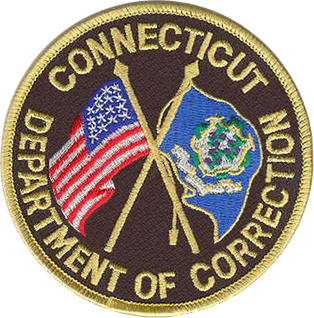Community Release Unit
3 Walker Drive
Enfield, CT 06082
Phone: (860) 814-4557
Fax: (860) 814-4560
Director: Steven Lanphear
The Community Release Unit was established in March of 2015 as the direct result of a LEAN event. Prior to CRU, policies and procedures for community release were somewhat complicated and required multiple levels of staff to review the offender release application before a final decision could be rendered.
The thinking behind the creation of CRU was straightforward - if the decision was made by one person, it would be made in a consistent manner. In addition, the same guidelines for the intensity of supervision and the amount of community treatment would be applied to all offenders applying for community release. This new level of continuity is accomplished through the use of assessment tools such as the Statewide Collaborative Offender Risk Evaluation System (SCORES) and Treatment and Program Assessment Instrument (TPAI).
The existence of CRU also helps to promote safety by allowing staff resources to be reallocated and focus more on facility operations. The time that was spent reviewing applications will be used for other critical functions such as clinical supervision of necessary programming.
Once an offender has been identified by the facility classification staff as eligible for Community Release, facility staff assemble materials required for the decision to be made and submit the review electronically to CRU. The staff of CRU then review the materials and render a decision consistent with public safety and risk reduction. They then notify the facility staff and Parole and Community Services staff electronically of the release decision. This procedure results in the elimination of four levels of review that were necessary in the former community release approval process.
The establishment of CRU has resulted in the following outcomes: a reduction in the amount of time it takes to make individual community release decisions; a reduction in the number of cases returned to facilities for additional information; increased utilization of residential and non-residential programs; a reduction in the instances of technical and criminal violations; standardizing stipulations; enhanced communication within the agency and enhancement of public safety.

